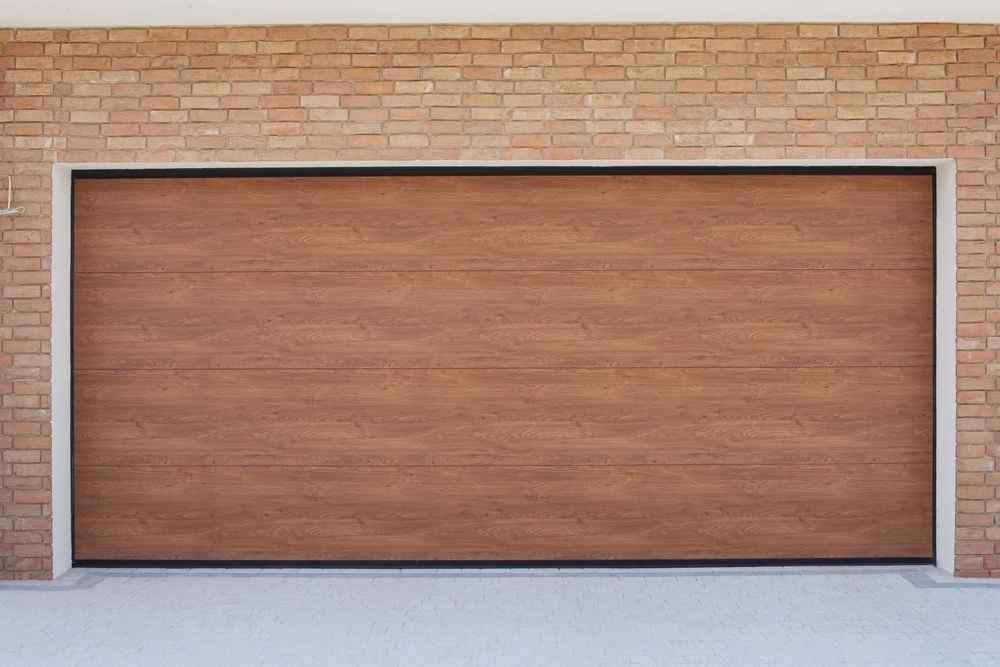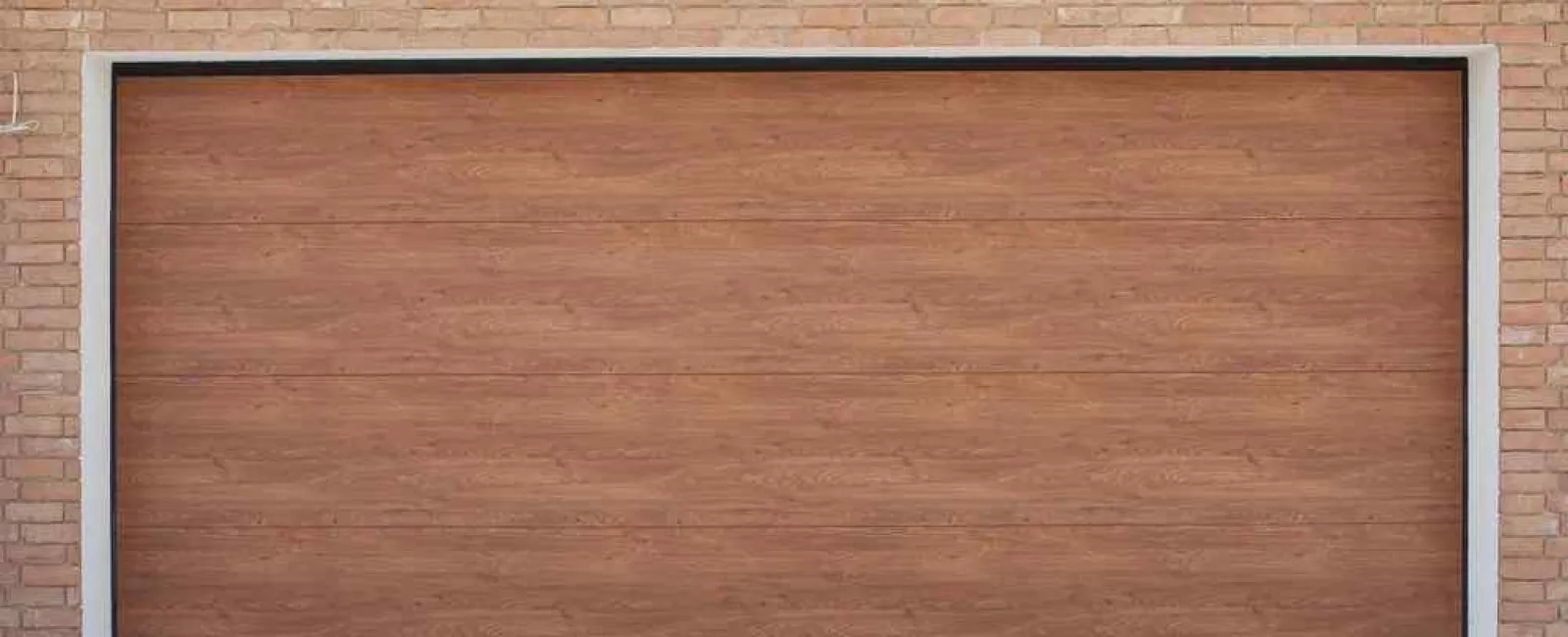- Deciding whether to attempt a DIY garage door spring repair or call a professional is crucial for safety and efficiency.
- Learn the steps for how to change garage springs and when to consider professional help.
- Balanced Garage Doors offers expert services to ensure your garage door operates safely and smoothly.

When a garage door spring breaks, it can be a sudden and stressful event. Your garage door may become heavy, difficult to lift, or completely inoperable. In such cases, you might wonder whether it's a job you can tackle yourself or if it's best to call in a professional. This guide will help you weigh the pros and cons of both DIY and professional repair, providing insight into how to change garage springs and determining when it's time to get expert assistance.
The Role of Garage Door Springs
Garage doors rely on powerful springs to handle the heavy lifting, ensuring the door can be opened and closed effortlessly. These springs are the backbone of the garage door mechanism, managing the door's weight and motion. The types of springs commonly found in garage doors are torsion springs and extension springs, each with its own distinct function and placement.
- Torsion Springs: These springs are installed horizontally above the garage door and are crucial for smooth operation. As the door moves, torsion springs twist and release their stored energy, effectively lifting the door. Their design allows for controlled movement and longevity, making them a common choice in many garage systems.
- Extension Springs: Extension springs, located on each side of the door, work by stretching and contracting as the door operates. They are play a crucial role in balancing the door's weight during opening and closing. While they are more cost-effective, they can pose safety risks if they fail, as the energy stored in these springs is released rapidly when they break.
Recognizing the type of spring your garage door uses is key to proper maintenance and safety, as each type requires different approaches for handling and repair.
DIY Garage Door Spring Repair: What You Need to Know
If you're considering fixing your garage door springs yourself, it's essential to understand the risks and requirements involved. How to change garage springs is a task that requires both precision and caution. Here's what you need to know:
- Safety First: Garage door springs are under extreme tension, and mishandling them can result in serious injury. Before you start, ensure you have the correct tools, including winding bars, a sturdy ladder, and safety gear like gloves and eye protection.
- Identifying the Right Spring: Understanding the type of spring your garage door uses is crucial. The replacement process for how do you install a garage door spring varies depending on whether you have torsion or extension springs. Make sure to match the new spring's size and tension rating to the old one.
- Step-by-Step Process: To change a torsion spring, for example, you'll need to unwind the old spring carefully, remove it, and then wind the new one to the correct tension. This process can be complex, and even a small mistake can lead to a malfunctioning door or injury.
- Testing and Adjusting: Once installed, it's crucial to test the door to ensure it opens and closes smoothly. If the door is still heavy or unbalanced, you may need to adjust the spring tension.
When to Call a Professional
While DIY might save you some money, there are clear situations where professional help is the safer, more effective option:
- Lack of Experience: If you're not comfortable with tools or don't have experience in home repairs, it's best to call in a professional. Garage door spring repair is not a typical DIY project and requires a certain level of expertise.
- Complex Installations: For newer garage doors with more complicated systems, a professional's expertise ensures the job is done correctly. They know how to install extension springs on garage door setups that might include safety cables, dual spring systems, or integrated electronics.
- Safety Concerns: Given the high tension in these springs, a mistake during the installation process can lead to severe injury. Professionals are trained to handle these risks, ensuring the repair is conducted safely and efficiently.
Why Choose Balanced Garage Doors
If you decide that professional repair is the best route, Balanced Garage Doors is here to help. With years of experience, our team knows exactly how to change garage springs and address any other issues your garage door may have.
We understand that when you need to fix broken garage door spring issues, time is of the essence. Our professionals offer quick and reliable service to get your garage door back in working order as soon as possible. We also ensure that the entire system is checked and tuned for optimal performance.
Visit our website to learn more about our garage door spring replacement services and how we can help you maintain a safe, functional garage door. For more tips and advice, check out our blog on maintaining your garage door's health throughout the year.
Deciding whether to tackle a broken garage door spring yourself or call in a professional depends on your skill level, the complexity of the job, and safety considerations. While DIY repairs might seem cost-effective, the risks often outweigh the benefits. Trusting a professional like Balanced Garage Doors ensures that the repair is done right, with safety and durability in mind. Don't hesitate to contact us when you're faced with the task of repairing or replacing your garage door springs.
For more information on garage door maintenance and repair, visit our blog or learn about our professional repair services.
